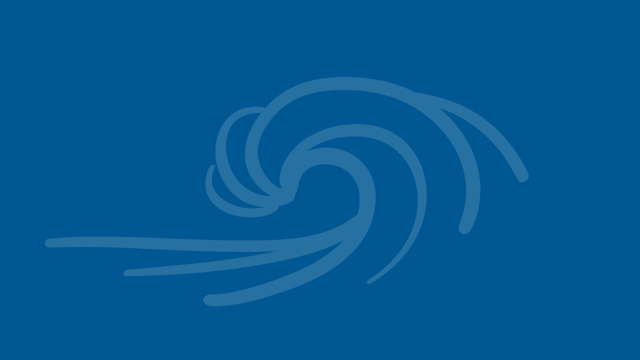ORNIS Corporation
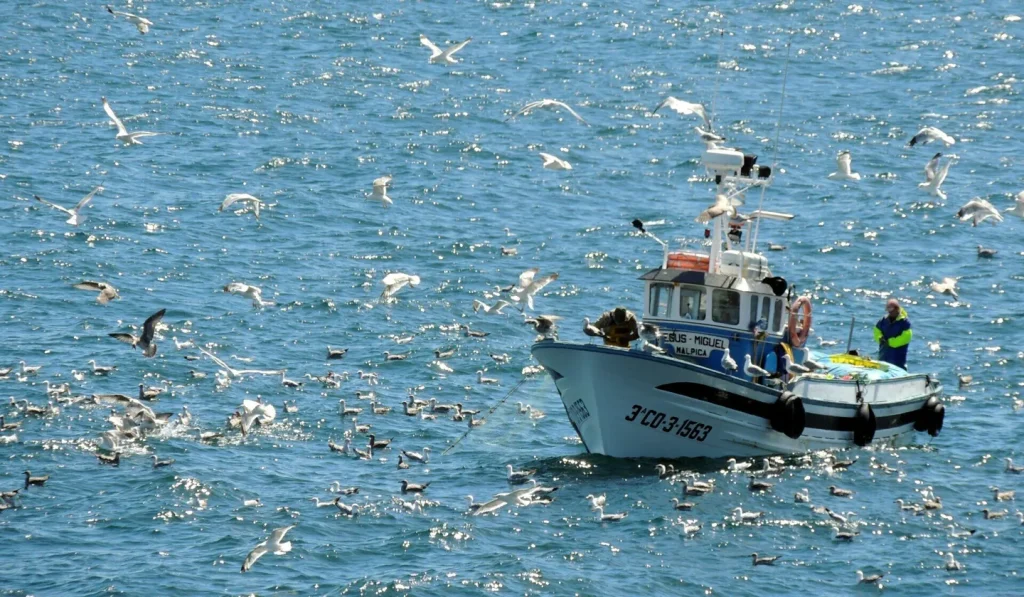
ORNIS Corporation
Ocean Radar Network Information Services
Founded on September 2, 2022
Tensho Office Ueno-suehiro-cho #213
Ueno 3-chome, 16-2, Tokyo 110-0005 Japan
University of the Ryukyus
San-gaku-kan-renkei-tou #302
Senbaru, Nishihara-cho nakagami-gun, Okinawa 903-0129 Japan
Mission
The road to a Maritime Nation
Japan, the sixth largest maritime power in the world in terms of EEZ (Exclusive Economic Zone) area, should not only claim its rights, but also make the best effort to promote “safety and efficiency of navigation, fishing and resource development” in its waters. A well thought-out system must be established to ensure it.
Nationwide development of Marine Radar Network
For this purpose, it is necessary to constantly observe the direction and speed of ocean surface currents, height of waves, movements of sailing or drifting objects, etc., and notify them, in a timely manner, to the people who wish to know it for various reasons. To achieve this target, it is considered very effective to construct and operate a shortwave marine radar network that covers all the coastlines of the Japanese archipelago and the waters near remote islands.
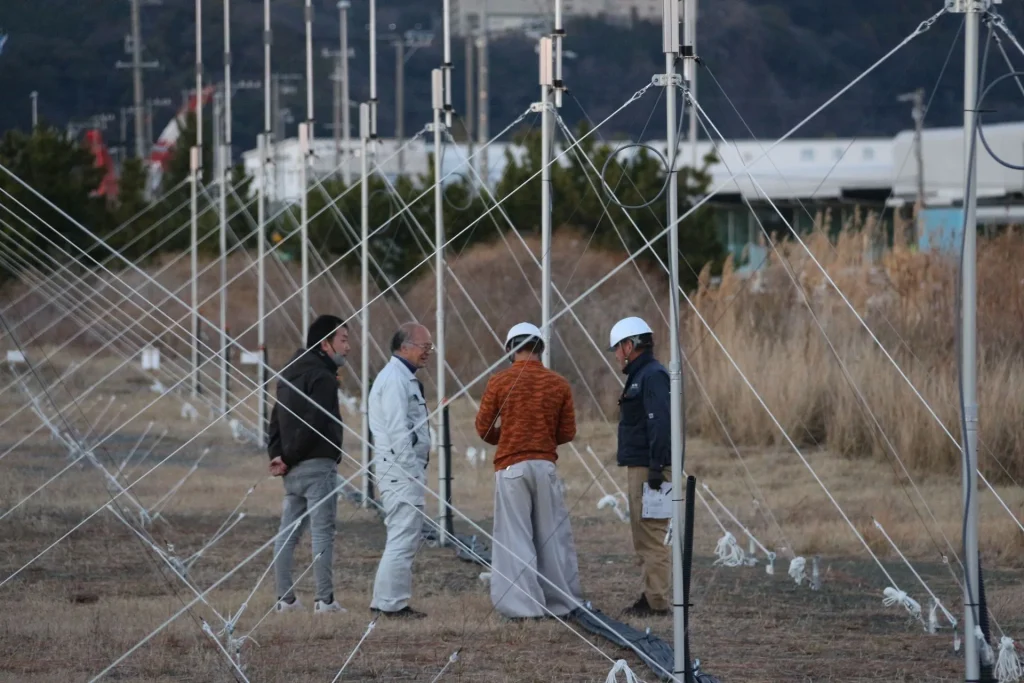
Markets to be developed
Basic Services
Demand for the data services that can be provided by the nationwide network of marine radar facilities is diverse, spanning both the public and private sectors. We would first secure the bottom line of the business with the basic demand of the public sector, and then, explore a wide variety of private demands.
Constantly monitoring ocean currents and waves around all coastal areas of the Japanese archipelago and remote islands within the EEZ, we will ensure the safety of all vessels underway and assist in the selection of economical routes. In addition, we will support the discovery and recovery of flotsam and contribute to environmental conservation. Furthermore, by providing real-time information on the ocean currents and waves to all fishing boats, we will contribute to dramatic improvements in the efficiency of Japan’s fisheries industry. It also contributes to the construction and maintenance of offshore wind farms.
Responding to Crisis
The capability of our ocean radar system to detect drastic changes in ocean currents in the waters far beyond the horizon will greatly contribute to “response to Tsunamis.”
The Japan Meteorological Agency contributes to the “early warning of Tsunami attack” that is issued at the same time as the earthquake. However, it’s only a notice of an assumed possibility. On contrast, we will try to observe the actual status of current and waves and give timely warnings of real Tsunami, which is otherwise very difficult to do, due to the reasons of very complex and unpredictable nature of Tsunami.
In addition, once the crisis is over, it is also extremely important to grasp the offshore situation in real time and quickly release the warning. Unless this is done, the waterway cannot timely be reopened and delay the rescue activities and economic recovery.
Overseas Operations
Establishing this business model as quickly as possible in Japan, ORNIS wishes to serve as a role model for the other countries, especially in Southeast Asia, for whom not only assurance of public safety, but also development of modern fishing technologies is a big concern. We will explore the possibility of forming a J/V with powerful local companies in these countries, to transfer all the technologies and business know-how for a reasonable return.
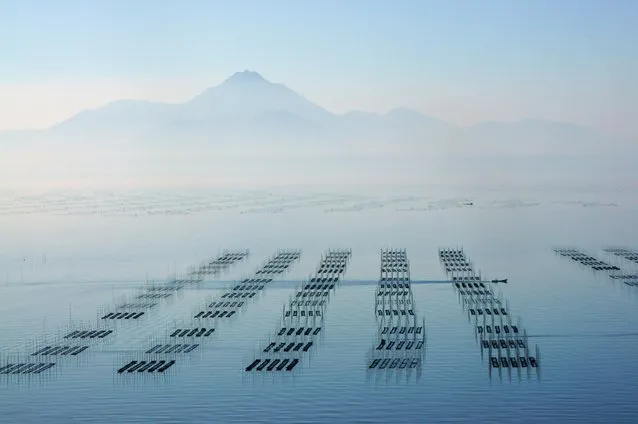
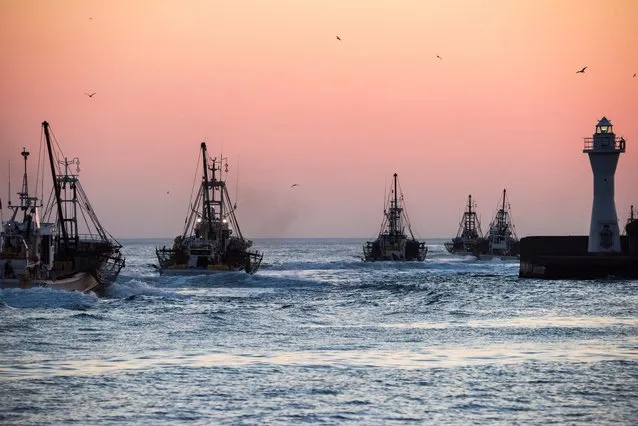
Technologies
Principle
Shortwave marine radar system receives ”Bragg resonant scattered waves”, which are the interaction of surface-propagating HF-band radio waves with waves that shape the surface of the ocean. From the analysis of the received signals, it is possible to clarify the speed and direction of the surface currents, as well as the height of waves, which change from moment to moment.
Software defined radio technology (SDR) to generate accurate waveforms
Scattered waves from the sea surface, which are received by direct conversion, are seamlessly transferred to Digital Signal Processing and to Doppler Spectrum Calculation at the subsequent stage.
Digital Beamforming and Array Processing
Formation of extremely stable directional characteristics, enabled by these two technologies, Digital Beamforming and Array Processing, make it possible not only to measure current velocity but also to measure wave height and wave direction. We will also utilize Direction-of-arrival estimation technology, MUSIC, etc., and work on reducing the array size, for the purpose to reduce the size of installation area.
Land-based oceanographic observation
Although it is a marine observation system, our system is installed on land. Thus, maintenance is so easy, and observation can be continued even when the sea becomes rough due to stormy weather. This will make the cost efficiency of operation and maintenance much higher than any other observation system, which count on the Ocean Buoys, Aircrafts and Satellites.
Continuous monitoring with a “Short-term Monitoring mode” option
Our system is basically designed to spend a long time to monitor continuously changing situations of the surface of the sea to calculate the reliable figures of current velocity and direction. However, whenever such a need arises that requires a quick monitoring under some unusual situation, such as river floods or Tsunamis, the system can be switched to a short-term observation mode that outputs data in units of minutes.
Status Prediction by Model Linking
As the dense observation data stock obtained in our radar system can be successively assimilated at the time of actual data calculation all the time, we will be able to constantly improve the accuracy of our real-time output. We will also try to utilize this mechanism to develop and enhance our “future prediction” capability.
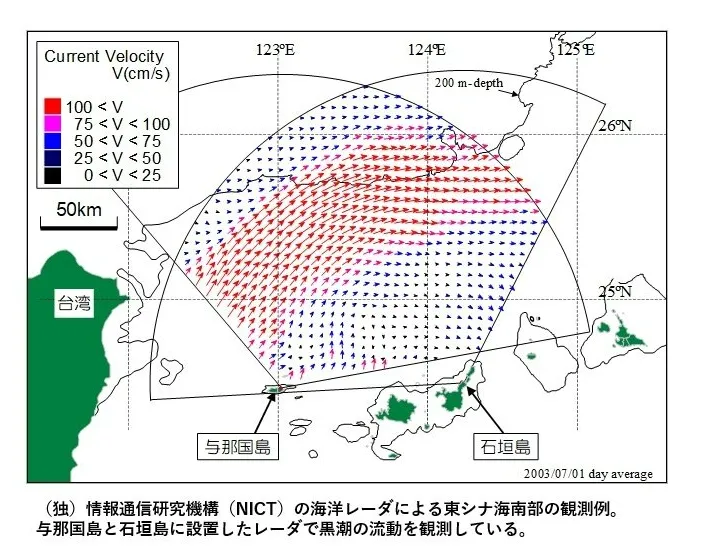
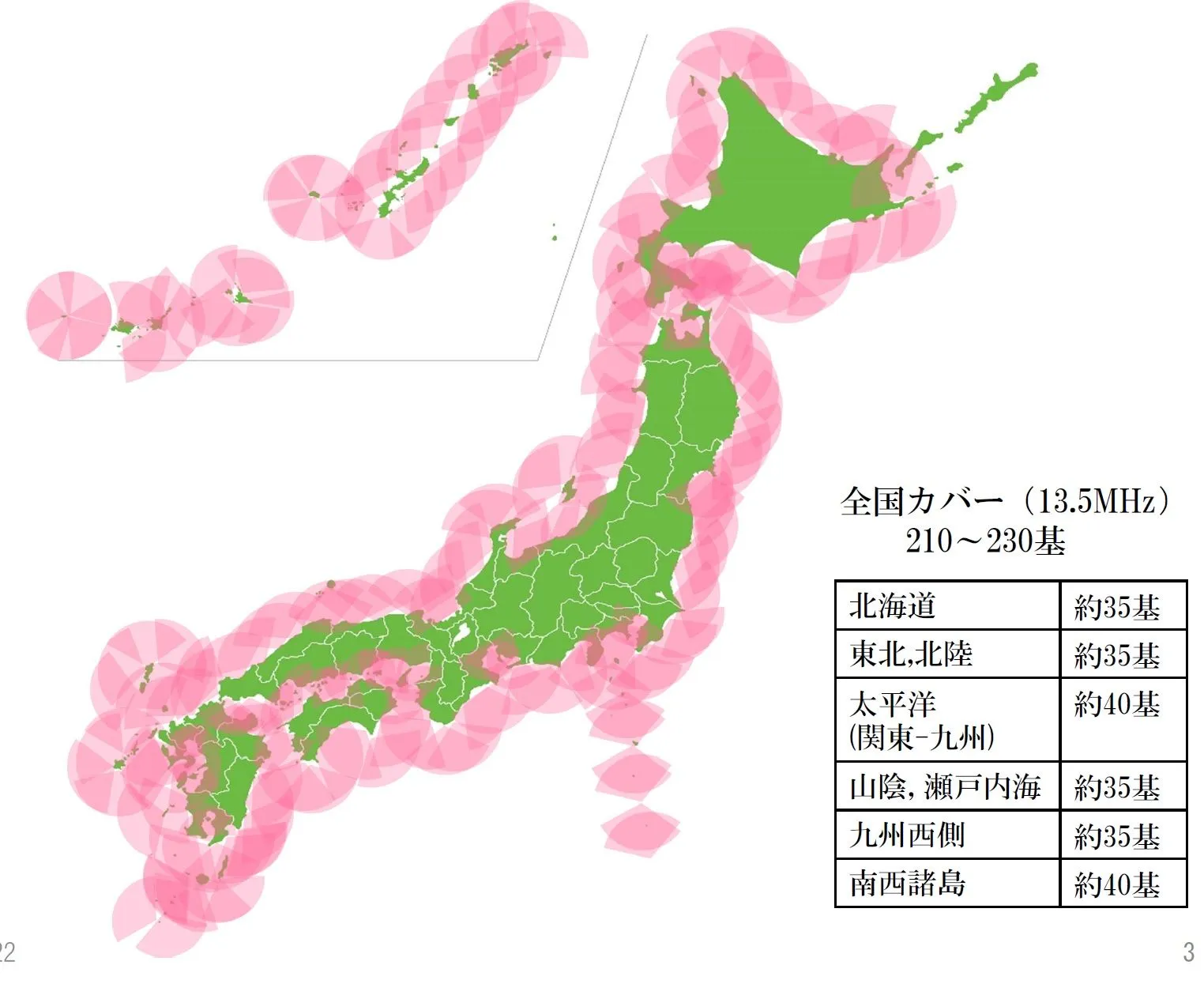
Plan and Team
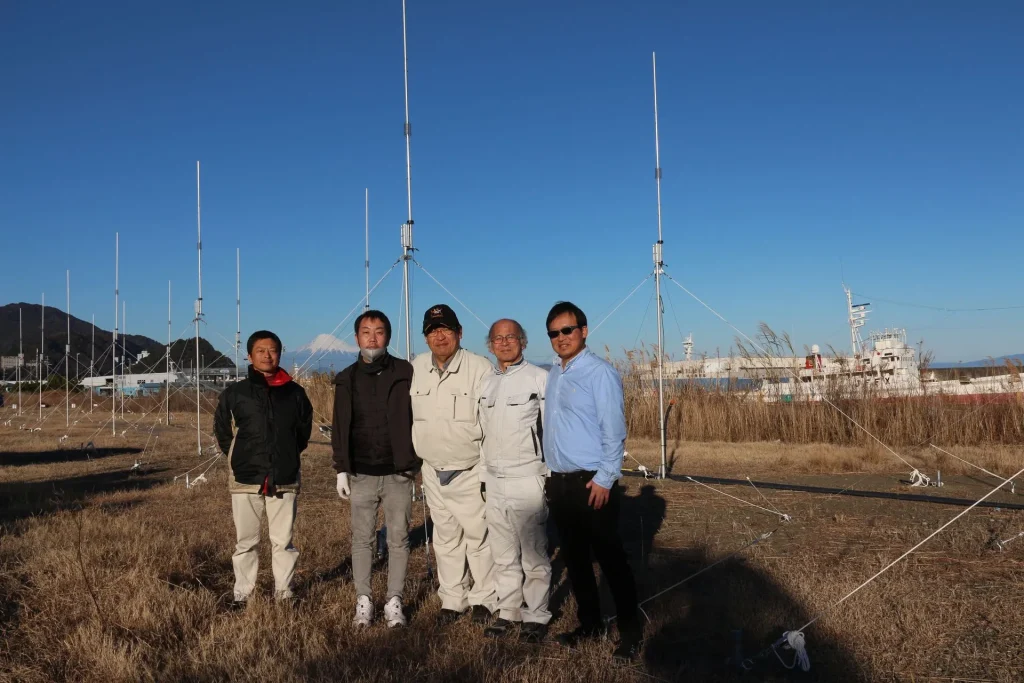
In November 2022, the company received a total investment of 92 million yen, mainly from angel investors, to establish the base of the company.
Using this seeds fund, we have been integrating the technology development that has been carried out at various universities and research organizations through the nation, establish a construction scheme for the 200+ radar sites to cover entire Japanese coasts, and develop multiple different kinds of user applications to serve for various market segments.
After completing a detailed business plan based on the above efforts, we have solicited for the capital investment of 212 millions yen at the end of March 2024, to enable us to start the initial round of the radar facility constructions in some selected geographical areas. Nationwide deployment will be proceeded after confirming the success in this initial operation.
Board Members
Tetsuzo Matsumoto

Representative Director
Chairman CEO
Former Executive Vice President and CSO of SoftBank Mobile Inc. (After retirement in 2013, he has been working as advisors to several telecommunications carriers around the world.)
Former Senior Vice President of Qualcomm Inc. Chairman and President of its Japanese subsidiary.
Former General Manager of Telecommunications and Multimedia Division of Itochu Corporation.
Dr. Satoshi Fujii

Director
Vice Chairman CTO
Ph.D. , Emeritus Professor at University of the Ryukyus
HF radar research has been his lifework, including his time working at NICT. Through this carrier, he established a deep and wide-ranged knowledge of ocean physical phenomena.
Mitsuo Makino
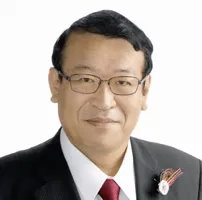
Representative Director
President COO
During his tenure as Development Bank of Japan and Mayor of Iida City (4 terms, 16 years), he had launched various projects, some of which have become national models.
During his time as mayor, he served as Vice Chairman of the National Association of Mayors and as an expert member of the National Economic and Fiscal Advisory Council.
Kazuo Nakamura
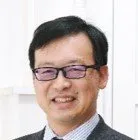
Director
Executive Vice President CFO
Served as CFO at multiple multinational companies in deverse industries, such as AOL , TBWA , OCC (submarine telecommunication cable), JLT, and Heidelberg (print machine manufacture).
Early career including experiences in public accounting in the U.S. (Price Waterhouse) and management consulting (A.T. Kearney) in Japan. Master in internation management.

